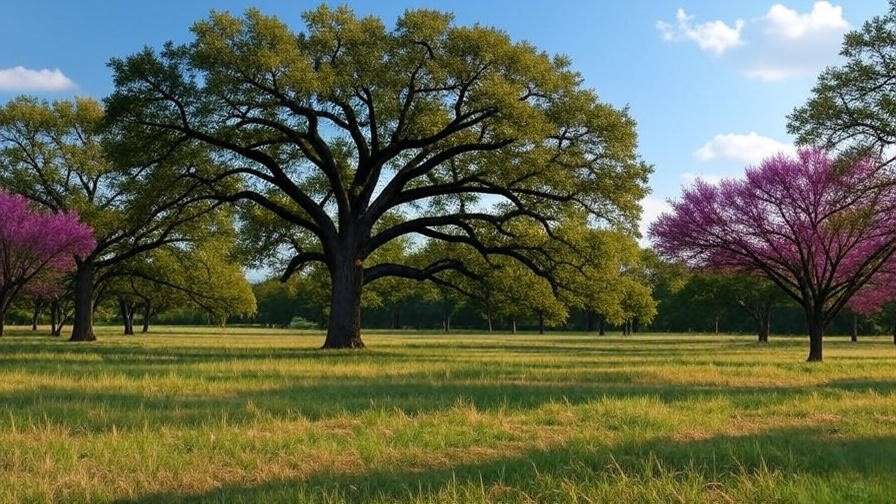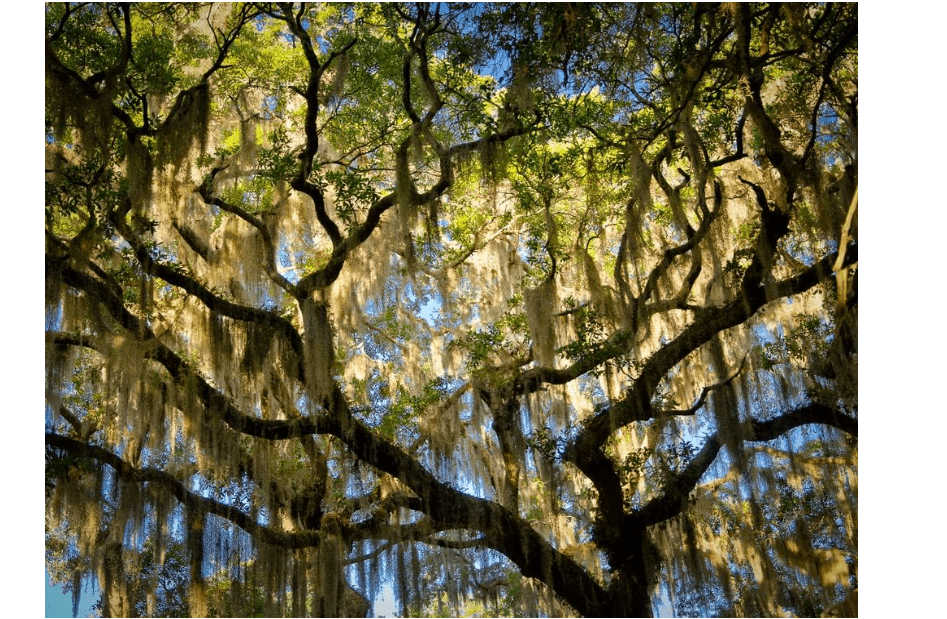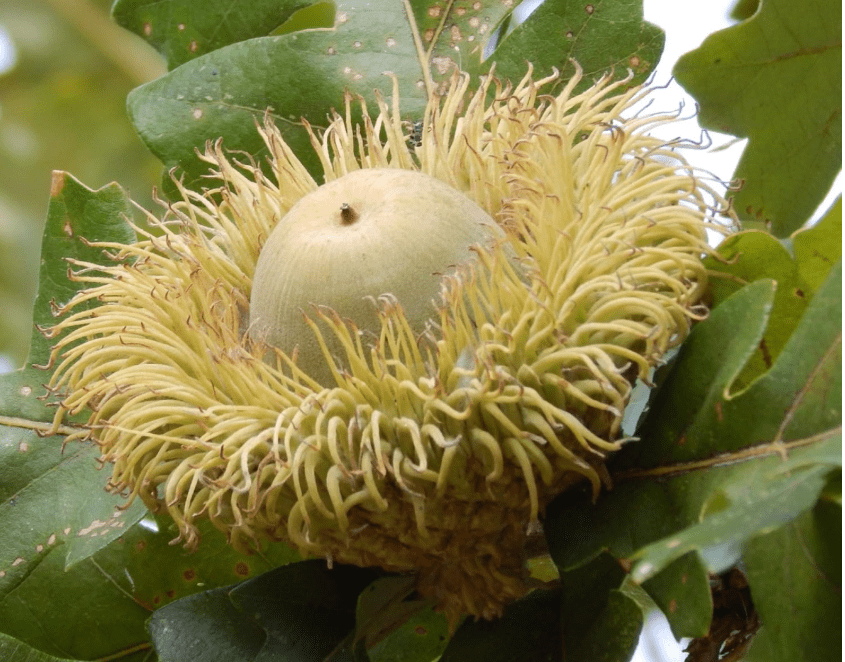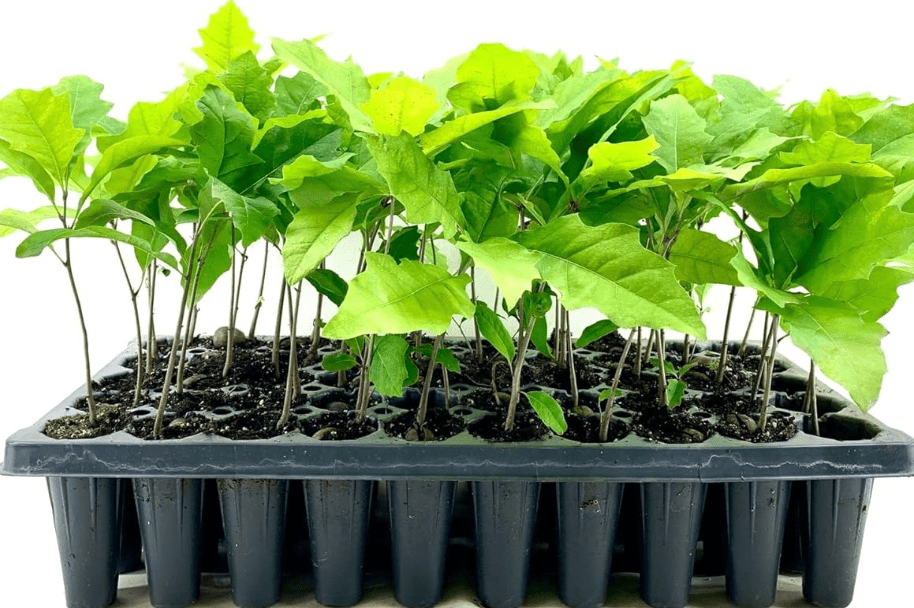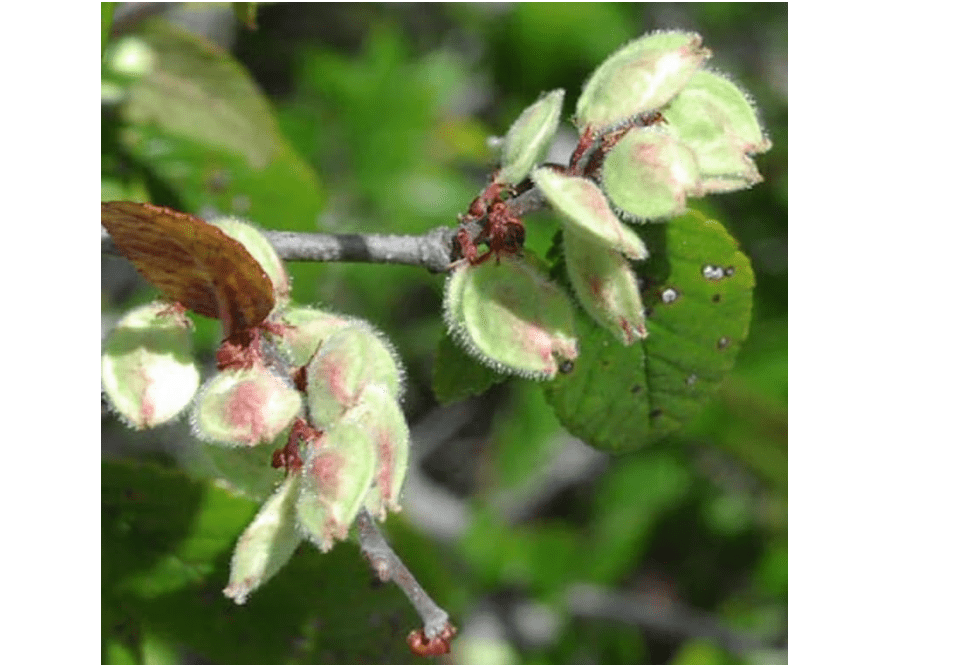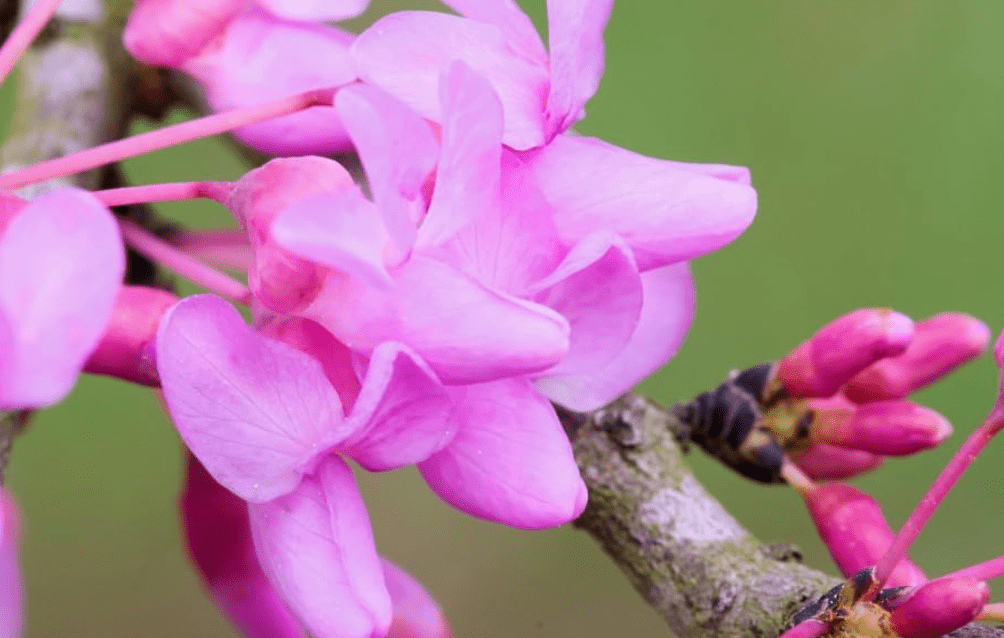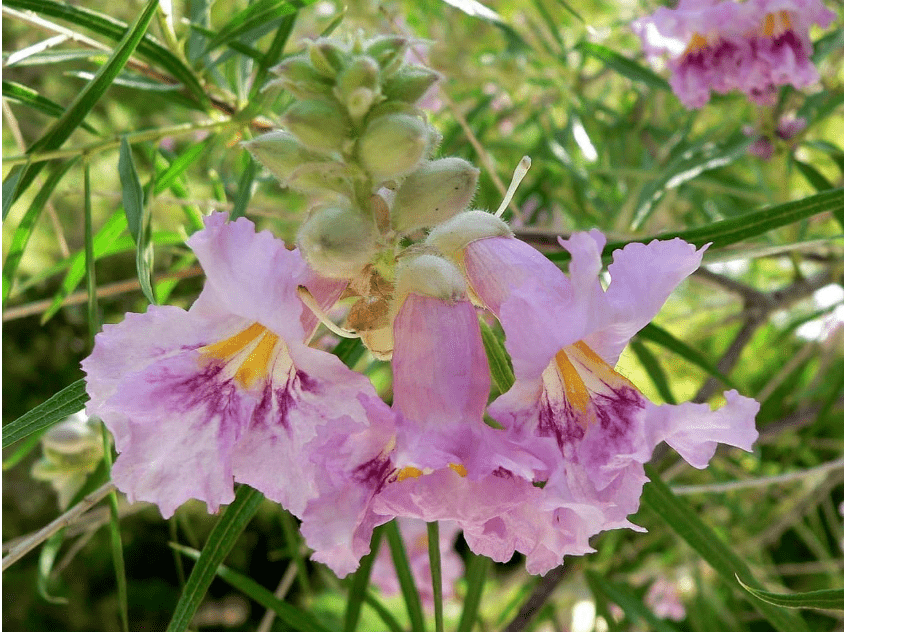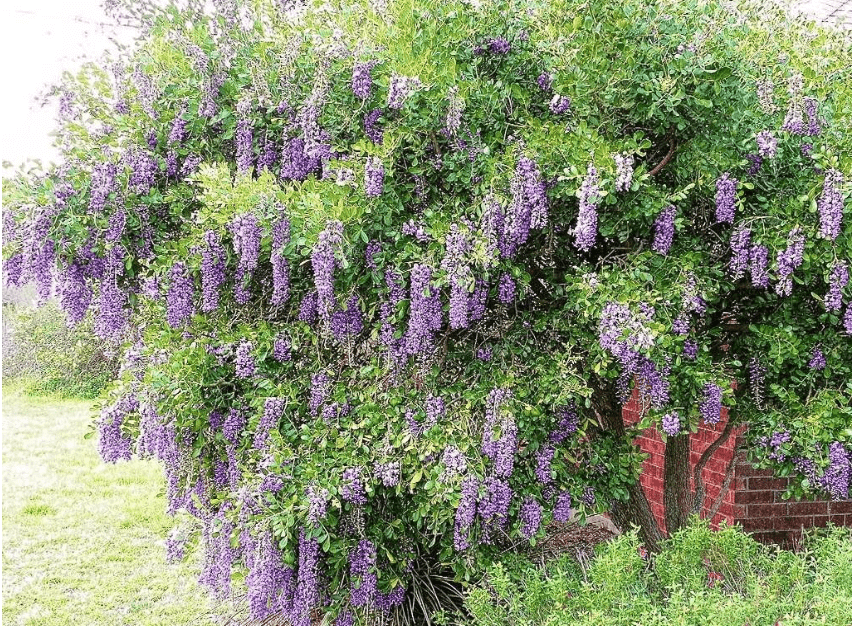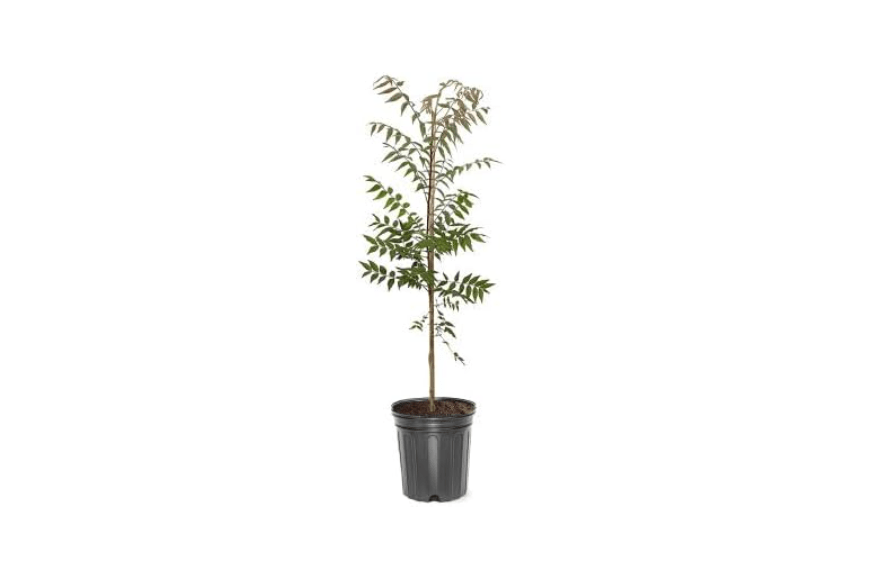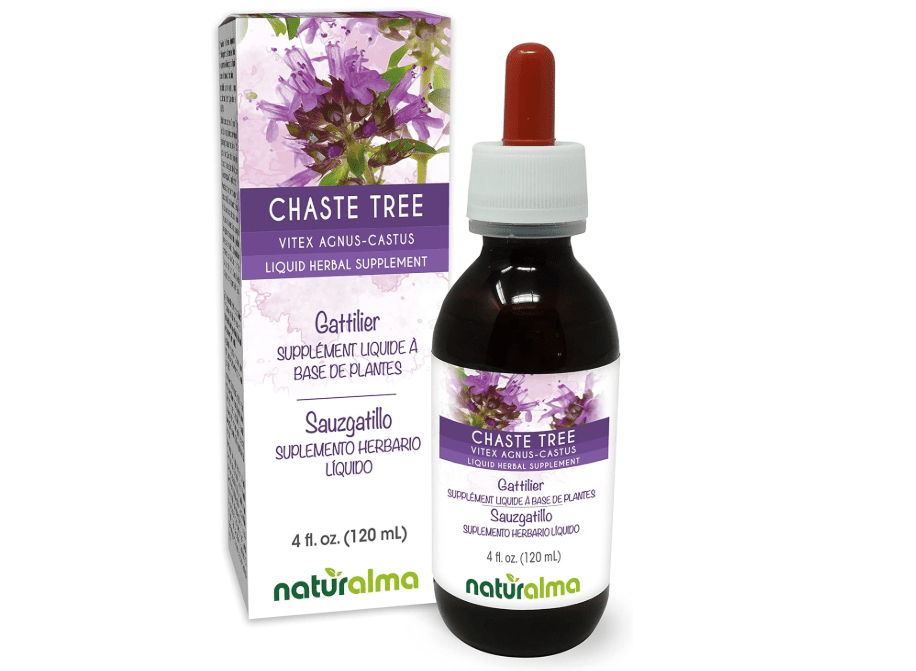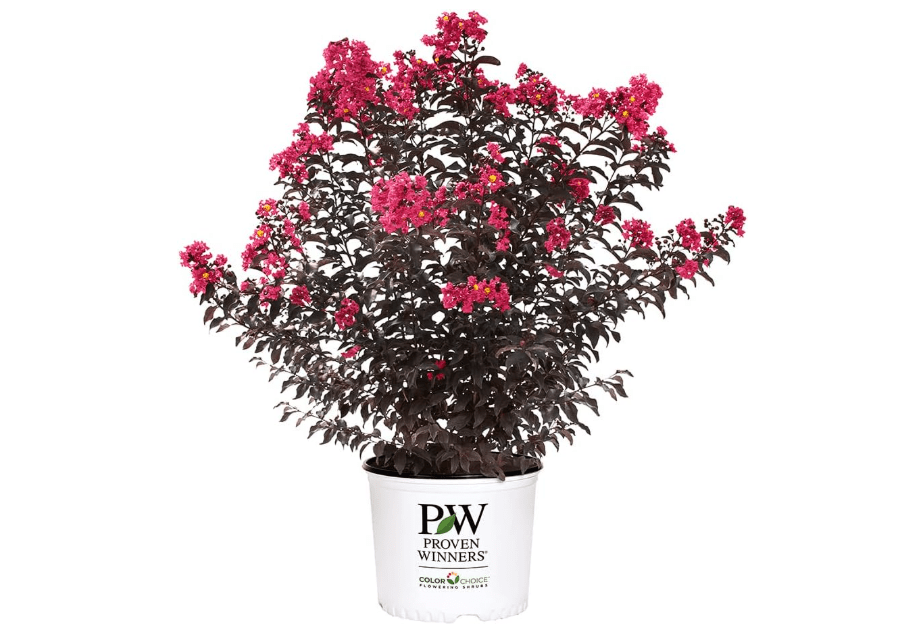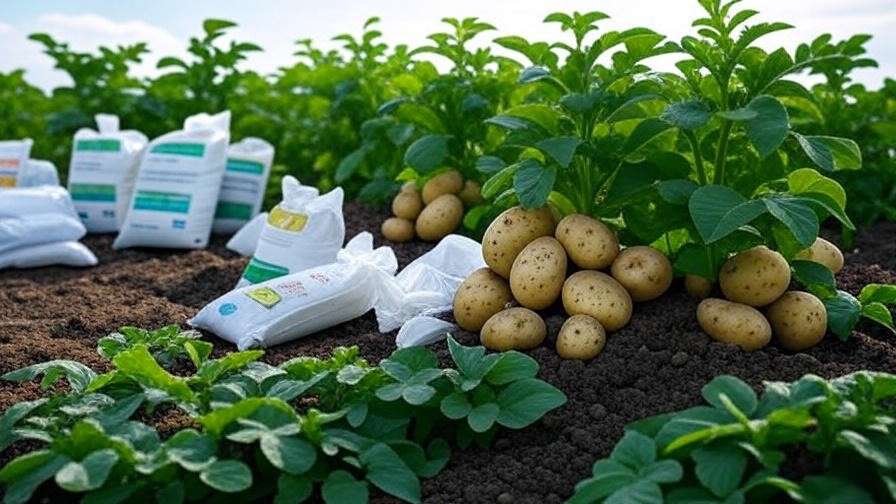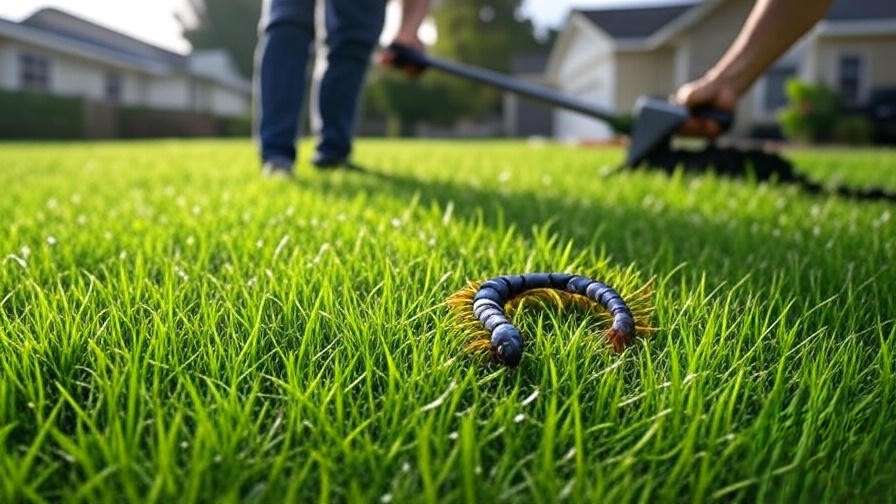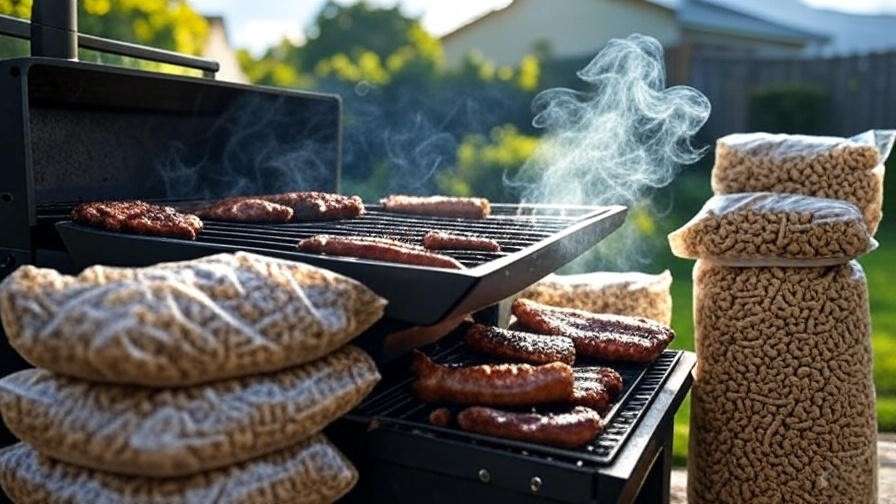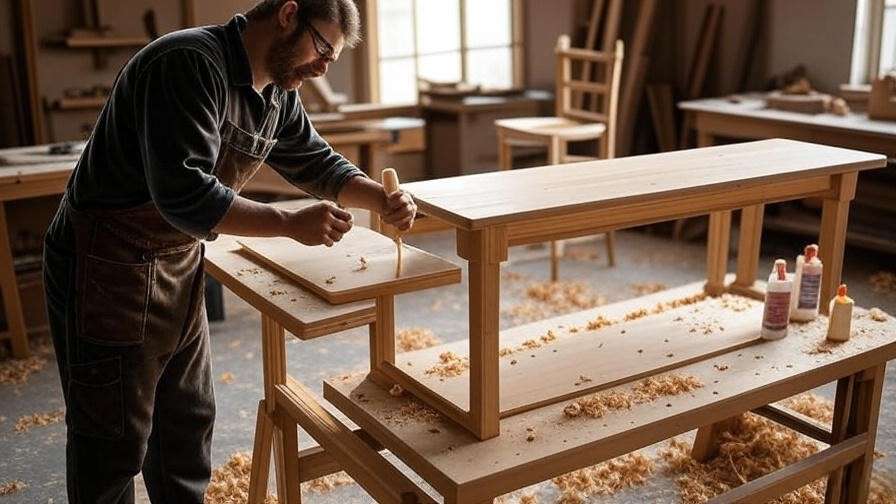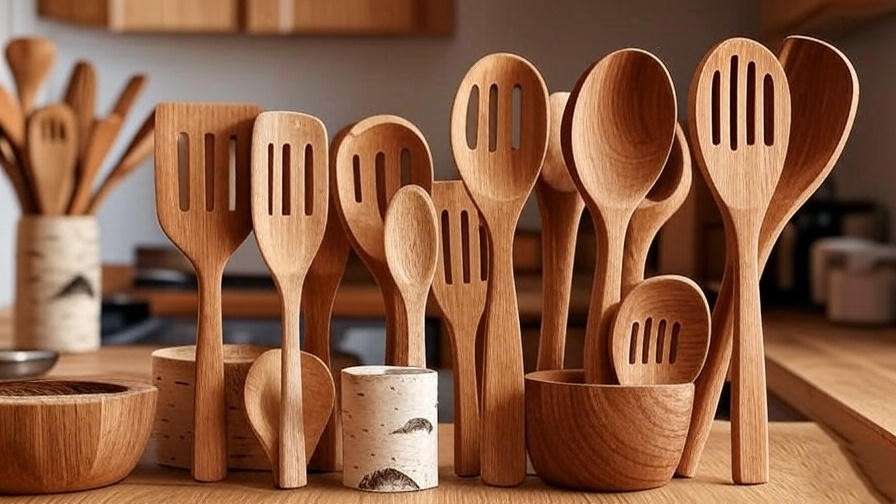Sweltering North Texas summers, sudden freezes, and relentless droughts can turn your yard into a barren wasteland, leaving homeowners desperate for shade and beauty. Choosing the best 10 trees for North Texas is critical to creating a thriving, low-maintenance landscape that battles scorching heat and clay-heavy soils. Many struggle with trees that wilt or demand endless care, wasting time and money. The right trees—native, drought-tolerant species—cut cooling costs, support wildlife, and boost property value. This guide reviews the best 10 trees for North Texas, offering detailed comparisons and Amazon affiliate links to help you confidently select and plant the perfect tree.
Why Choose the Right Trees for North Texas?
North Texas, primarily in USDA Hardiness Zone 8a, faces a unique set of climate challenges that demand resilient tree selections. Alkaline clay soils dominate the region, often compacting and retaining water poorly, leading to root stress during extreme heat exceeding 100°F and prolonged droughts that strain water resources. Occasional freezes, like those in recent winters, add vulnerability for non-hardy species, while urban pollution and high winds exacerbate issues. Key selection criteria prioritize natives or well-adapted species with Earth-Kind ratings of 10/10 for heat, drought, pest resistance, and low soil needs, avoiding invasives or high-maintenance imports that fail in clay or under water restrictions. These trees enhance sustainability by supporting pollinators and wildlife while reducing irrigation demands.
User intent guides decisions: for small yards, opt for compact ornamentals like redbuds; larger properties suit shade giants like oaks. Consider sun exposure—full sun for most—shade needs, maintenance (low for natives), fall color, and urban adaptability to ensure long-term success and energy savings through cooling shade.
Top 10 Trees for North Texas: Detailed Reviews and Comparisons
1. Live Oak (Quercus virginiana)
The Live Oak is a majestic evergreen icon of Southern landscapes, featuring broad, leathery dark green leaves that provide year-round dense shade and a sprawling canopy up to 60-100 feet wide at maturity. Its gnarled branches draped in Spanish moss create a picturesque, historic vibe, while acorns support wildlife like squirrels and birds. Thriving in Zone 8a, this long-lived tree (150+ years) withstands heat, wind, and poor soils, making it ideal for large properties seeking enduring resilience.
Price: $10.96
Key features and benefits: Evergreen foliage for constant shade reducing cooling costs; drought-tolerant once established; fire-resistant bark; hosts butterflies like gray hairstreaks. Benefits include enhanced property value, erosion control, and low water needs in clay soils.
Pros: Extremely hardy in North Texas heat and freezes; minimal maintenance; provides habitat. Cons: Large size unsuitable for small yards; potential oak wilt vulnerability; messy acorns.
Amazon ratings/reviews: Around 4 stars for seeds; users praise hardiness (“Thrives in Texas heat”) but note slow germination.
Why it’s good for North Texas: Native-adapted to Zone 8a clay and alkaline soils, tolerates droughts and occasional freezes better than many imports.
Ideal use case: Homeowners with spacious yards needing permanent shade; great for wildlife gardens or historic-style landscapes.
2. Bur Oak (Quercus macrocarpa)
Bur Oak stands as a rugged, long-lived deciduous giant, boasting massive, fringed acorns encased in mossy cups and deeply furrowed bark that adds winter texture. Reaching 60-80 feet tall with a broad crown, its lobed leaves turn yellow in fall, offering seasonal interest and wildlife forage. This white oak relative excels in tough conditions, providing dense shade and fire resistance.
Price: $27.00
Key features and benefits: High drought tolerance; adaptable to clay; acorns feed birds and mammals; up to 400-year lifespan. Benefits: Urban pollution resistance, soil stabilization.
Pros: Extremely durable; low maintenance; fall color. Cons: Slow growth; large acorns messy; space-intensive.
Amazon ratings/reviews: 4+ stars; feedback highlights viability (“Great for Texas soils”) but some note low germination rates.
Why it’s good for North Texas: Thrives in Zone 8a clays and droughts; tolerates heat stress and poor drainage.
Ideal use case: Large-acreage owners wanting heritage trees for shade and ecology; avoids small urban lots.
3. Shumard Red Oak (Quercus shumardii)
Shumard Red Oak delivers dramatic fall crimson foliage on a pyramidal form maturing to 50-90 feet, with straight trunks and lustrous leaves that rustle in the wind. This red oak variant produces acorns for wildlife and adapts to urban settings with ease.
Price: $59.98
Key features and benefits: Fast growth; vibrant scarlet fall color; flood and drought tolerant; shade provision. Benefits: Air purification, erosion control in clay.
Pros: Resilient to winds and pollution; wildlife attractor. Cons: Acorn litter; potential iron deficiency in alkaline clays.
Amazon ratings/reviews: 4.5 stars; praised for hardiness (“Survives Texas droughts beautifully”).
Why it’s good for North Texas: Matches Zone 8a with tolerance for heat, clay, and freezes.
Ideal use case: Shade seekers in medium to large yards; urban parks for color and structure.
4. Cedar Elm (Ulmus crassifolia)
Cedar Elm features small, rough-textured leaves on a vase-shaped canopy reaching 50-70 feet, with corky winged branches adding unique texture and golden fall hues. Native to Texas streamsides, it offers adaptability and subtle winged seeds for birds.
Price: $10.00
Key features and benefits: Excellent drought tolerance; clay-adapted; yellow fall color; hosts butterflies. Benefits: Low water, urban hardy.
Pros: Fast-growing; pest-resistant. Cons: Dutch elm disease risk; size limits small spaces.
Amazon ratings/reviews: High for similar elms; users note “Thrives in Texas clay.”
Why it’s good for North Texas: Native to Zone 8a, handles heat, drought, and alkaline clays.
Ideal use case: Street trees or yards needing moderate shade; wildlife support.
5. Texas Redbud (Cercis canadensis var. texensis)
Texas Redbud is a compact ornamental delight, bursting with magenta-pink blooms along branches in early spring before heart-shaped, glossy leaves emerge, turning yellow in fall. At 15-20 feet, it’s perfect for smaller spaces with wavy-edged foliage adding texture.
Price: $9.25
Key features and benefits: Early spring color; drought-tolerant; pollinator magnet; understory adaptable. Benefits: Low maintenance, erosion control.
Pros: Smaller size; vibrant blooms. Cons: Less cold-hardy than eastern varieties; seed pods.
Amazon ratings/reviews: 4 stars; “Beautiful in Texas heat.”
Why it’s good for North Texas: Adapted to Zone 8a limestone clays and droughts.
Ideal use case: Small yards or accents; butterfly gardens.
6. Desert Willow (Chilopsis linearis)
Desert Willow mimics willows with slender, wispy leaves and trumpet-shaped pink-purple blooms from spring to fall, attracting hummingbirds on a multi-trunked form up to 30 feet. Its seed pods add winter interest in arid settings.
Price: $9.32
Key features and benefits: Extended blooms; extreme drought tolerance; fast growth; pollinator-friendly. Benefits: Xeriscaping star.
Pros: Low water; fragrant. Cons: Messy pods; not true willow.
Amazon ratings/reviews: Positive for flowers (“Blooms all summer in heat”).
Why it’s good for North Texas: Thrives in Zone 8a heat and poor soils.
Ideal use case: Water-wise patios or accents; hummingbird havens.
7. Texas Mountain Laurel (Sophora secundiflora)
Texas Mountain Laurel enchants with grape-scented violet-blue clusters in spring against glossy evergreen leaves on a slow-growing shrub-tree to 15-30 feet. Its twisted trunks and pod seeds provide year-round appeal.
Price: $9.99
Key features and benefits: Fragrant blooms; evergreen; drought/heat tolerant; deer-resistant. Benefits: Low care, pollinators.
Pros: Evergreen structure. Cons: Toxic seeds; slow growth.
Amazon ratings/reviews: 4 stars; “Hardy in Texas drought.”
Why it’s good for North Texas: Native to Zone 8a limestones, handles freezes.
Ideal use case: Small evergreen screens; scented gardens.
8. Chinese Pistache (Pistacia chinensis)
Chinese Pistache dazzles with compound leaves turning crimson-orange in fall on a 25-50 foot rounded canopy, plus exfoliating bark for texture. Female trees bear colorful drupes for birds.
Price: $34.99
Key features and benefits: Spectacular fall color; drought/heat tolerant; pollution-resistant. Benefits: Low litter.
Pros: Vibrant seasons. Cons: Sexed trees for fruit; large size.
Amazon ratings/reviews: High; “Gorgeous color in Texas.”
Why it’s good for North Texas: Adapts to Zone 8a clays and extremes.
Ideal use case: Fall color focal points; urban streets.
9. Chaste Tree (Vitex agnus-castus)
Chaste Tree, or Texas Lilac, erupts in lilac spikes summer-long on aromatic gray-green leaves, forming a 10-20 foot multi-stemmed shrub-tree that butterflies adore.
Price: $17.99
Key features and benefits: Prolonged blooms; drought-tolerant; fast-growing; fragrant. Benefits: Easy hedge.
Pros: Repeat flowering. Cons: Invasive potential; winter dieback.
Amazon ratings/reviews: 4.5 stars; “Blooms endlessly in heat.”
Why it’s good for North Texas: Heat-loving for Zone 8a; clay adaptable.
Ideal use case: Borders or pollinator shrubs.
10. Crape Myrtle (Lagerstroemia indica)
Crape Myrtle captivates with crinkled crepe-paper blooms in pinks/reds/whites summer-to-fall, peeling bark, and fall color on trees from dwarf to 30 feet.
Price: $37.82
Key features and benefits: Long bloom; drought-tolerant; multi-season interest. Benefits: Versatile sizes.
Pros: Colorful, low-maintenance. Cons: Mildew in shade; pruning needs.
Amazon ratings/reviews: Popular; “Thrives in Texas summers.”
Why it’s good for North Texas: Heat/drought hardy in Zone 8a.
Ideal use case: Ornamental accents; colorful yards.
| Tree | Key Traits | Best For |
| Live Oak | Evergreen, 40-80′ tall, high drought/shade | Large shade/privacy |
| Bur Oak | Deciduous, 60-80′ tall, high drought/fall color | Shade/ornamental |
| Shumard Red Oak | Deciduous, 50-90′ tall, medium drought/red fall | Shade/color |
| Cedar Elm | Deciduous, 50-70′ tall, high drought/yellow fall | Urban shade |
| Texas Redbud | Deciduous, 15-20′ tall, medium drought/spring bloom | Ornamental/small yards |
| Desert Willow | Deciduous, 15-30′ tall, high drought/summer bloom | Ornamental/xeriscape |
| Texas Mountain Laurel | Evergreen, 15-30′ tall, high drought/spring scent | Ornamental/privacy |
| Chinese Pistache | Deciduous, 25-50′ tall, high drought/red fall | Shade/color |
| Chaste Tree | Deciduous, 10-20′ tall, medium drought/summer bloom | Ornamental/hedge |
| Crape Myrtle | Deciduous, 10-30′ tall, high drought/summer color | Ornamental |
How to Plant and Care for Your North Texas Trees
Fall planting is optimal, allowing roots to establish before summer heat with cooler air and moist soils. Select sites in full sun for most, ensuring well-drained spots away from structures; avoid overplanting large trees in confined areas. Dig holes twice as wide but no deeper than root balls, amending heavy clays lightly with organics for drainage without burying flares.
Care tips: Deep water new trees weekly first year, mulching 2-3 inches (not touching trunks) to retain moisture and regulate temperature; stake only if windy, removing after a year. Natives need minimal fertilizer; monitor for oak wilt or pests via prevention like avoiding spring pruning. In droughts, supplement before freezes to maintain soil warmth.
Common mistakes: Planting too deep in clays causing rot; ignoring pH (test and amend); selecting non-adapted species leading to failure.
Conclusion
These top 10 best trees for North Texas offer versatile, resilient options for shade, beauty, and sustainability, empowering informed choices via detailed insights and Amazon links. Tailor selections to your space—oaks for grandeur, redbuds for accents—and plant in fall for success. Embrace natives for low upkeep and ecological perks; consult local experts for tailored advice to foster a vibrant, drought-defying yard that endures Texas extremes. Invest now for enduring landscapes that cool homes, attract life, and enhance value.

